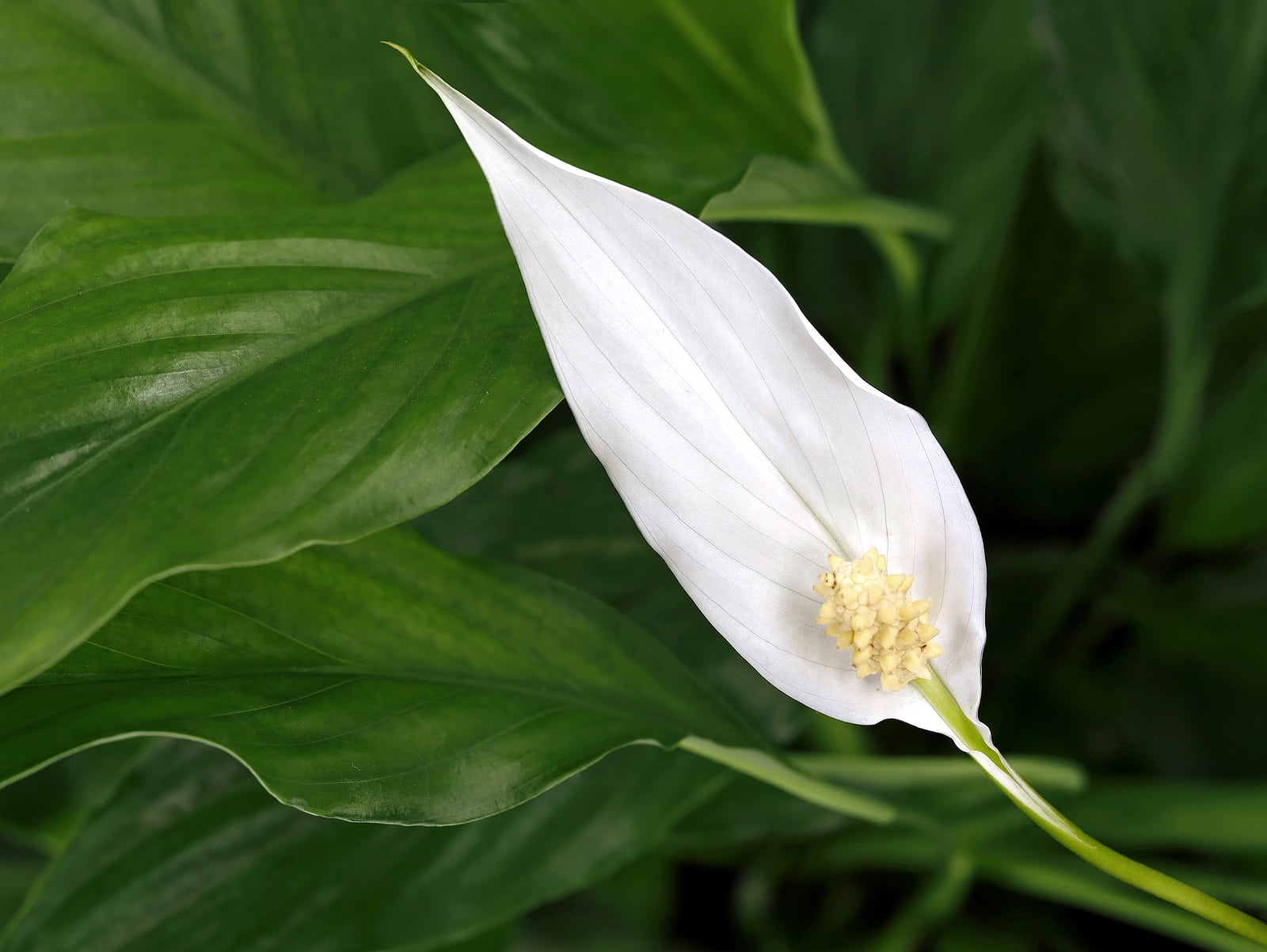Indoor plants are aesthetically pleasing and provide numerous health benefits, such as improving air quality, reducing stress, and boosting mood. However, not everyone has a green thumb or the time to dedicate to high-maintenance plants. That’s where hard-to-kill houseplants come in. These varieties are ideal for beginners or those who want to add greenery to their homes without much effort. This article will explore the top 4 hard-to-kill houseplants according to most real estate experts that can thrive on neglect and still add beauty to any indoor space.
Snake Plant
The snake plant, also known as mother-in-law’s tongue, is among the popular houseplants known for its ability to withstand neglect and survive in low-light conditions. This plant has long, upright leaves that are thick and fleshy, with a greenish-gray color and yellow borders.
Ideal Growing Conditions:
Snake plants prefer well-draining soil and can grow in various lighting conditions, from low to bright indirect light. They can withstand a range of temperatures, from 55°F to 85°F.
Benefits and Uses:
In addition to low maintenance, snake plants are air-purifying and can remove toxins such as benzene, formaldehyde, and trichloroethylene from the air. They are also known to increase oxygen levels and improve sleep quality. Snake plants are a great addition to any indoor space, including bedrooms and offices.
Tips for Care and Maintenance:
Snake plants’ roots is probe to rotting, so it’s important not to overwater them. Let the soil to dry out completely between waterings. Snake plants are also sensitive to cold temperatures, so keep them away from drafty windows and doors. Fertilize snake plants every 2-3 months during the growing season.
ZZ Plant (Zamioculcas zamiifolia)
The ZZ plant, also known as the Zanzibar gem, is a tropical perennial plant native to eastern Africa. It has glossy green leaves that grow in a graceful arching pattern and is one of the easiest houseplants to care for.
Ideal Growing Conditions:
ZZ plants love bright, indirect light but can tolerate low light. These should be watered when the soil is completely dry, and they prefer well-draining soil. ZZ plants can grow in temperatures between 60°F to 75°F.
Benefits and Uses:
ZZ plants are not only low maintenance but also air-purifying. They can remove toxins such as xylene and toluene from the air. ZZ plants are a great addition to any indoor space, including offices and bedrooms.
Tips for Care and Maintenance:
ZZ plants are sensitive to overwatering, so it’s important not to water them too frequently. Let the soil to fully dry out between waterings. ZZ plants are also sensitive to cold temperatures, so keep them away from drafty windows and doors. Fertilize ZZ plants every 2-3 months during the growing season.

Pothos
Pothos, also known as devil’s ivy, are among the low-maintenance houseplants popular for its beautiful, variegated leaves. The plant is known for growing quickly and thriving in various lighting conditions.
Ideal Growing Conditions:
Pothos prefer bright, indirect light but can tolerate low light. These plants should be watered when the soil is almost dry, and they prefer well-draining soil. Pothos can grow in temperatures between 60°F to 80°F.
Benefits and Uses:
Pothos is not only low maintenance but also air-purifying. They can remove toxins such as formaldehyde, benzene, and xylene from the air. Pothos is an excellent addition to any indoor space, including kitchens and living rooms.
Tips for Care and Maintenance:
Pothos are susceptible to root rot, so it’s important not to overwater them. Allow the soil to dry out slightly between waterings. Pothos can grow quickly and may require pruning to maintain their shape. They are also sensitive to cold temperatures, so keep them away from drafty windows and doors. Fertilize pothos every 2-3 months during the growing season.
Spider Plant
The spider plant is among the top 4 classic houseplants known for its unique, spider-like foliage. It’s a fast-growing plant that is easy to care for and produces little spiderettes, or baby plants, that can be propagated to create new spider plants.
Ideal Growing Conditions:
Spider plants love bright, indirect light. However, it can also can tolerate low light. This plant needs to be watered when the soil is almost dry, and they prefer well-draining soil. Spider plants can grow in temperatures between 60°F to 75°F.
Benefits and Uses:
Spider plants are not only low maintenance but also air-purifying. They can remove toxins such as formaldehyde, benzene, and xylene from the air. Spider plants are a great addition to any indoor space, including living rooms and bathrooms.
Tips for Care and Maintenance:
Spider plants prefer to be slightly root-bound, so they don’t need to be repotted often. They can also become top-heavy, so it’s important to stake them to prevent them from tipping over. Spider plants are sensitive to cold temperatures, so keep them away from drafty windows and doors. Fertilize these houseplants every 2-3 months during the growing season.
Conclusion
In conclusion, these four hard-to-kill houseplants are great options if you’re looking for low-maintenance houseplants that can survive even if you forget to water them. Snake plants, peace lilies, ZZ plants, pothos, and spider plants are all easy to care for and have numerous benefits, including air-purifying properties. By following a few simple tips for care and maintenance, you can enjoy the beauty of these plants in your home or office with minimal effort. As such, why not bring some greenery into your life and try growing one or more of these hard-to-kill houseplants?





